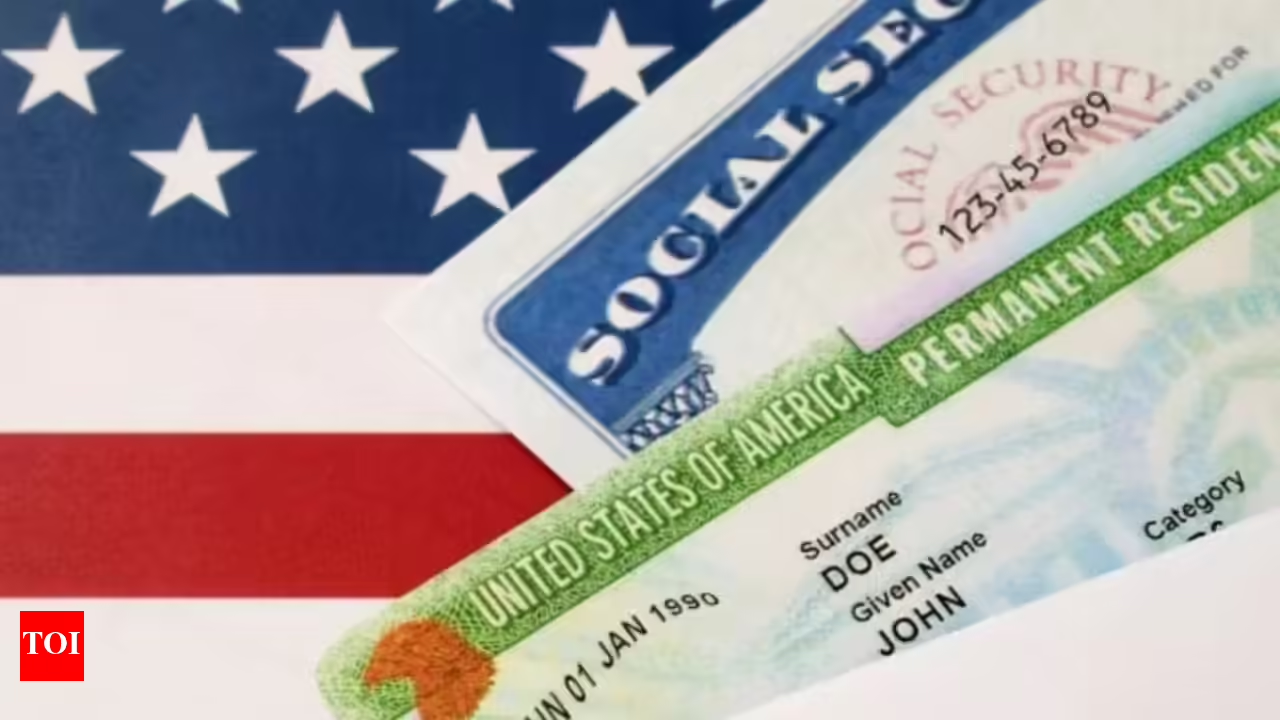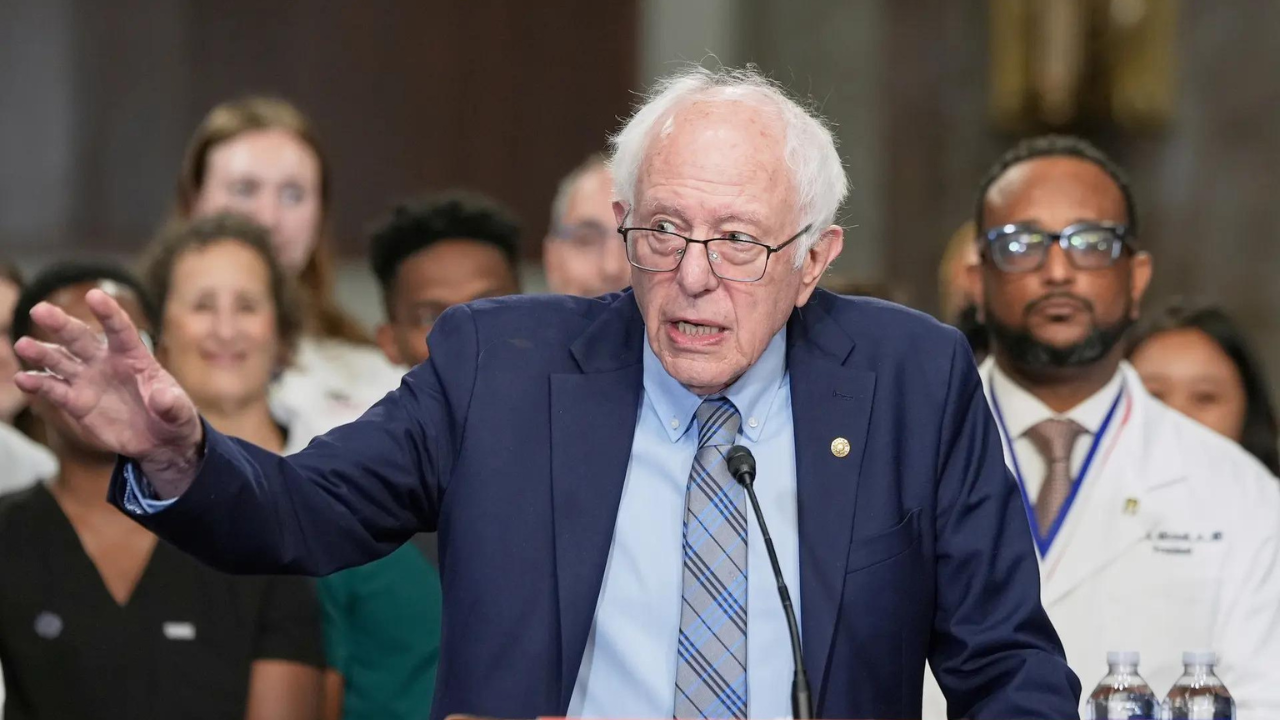Now Reading: US EB-5 Visa Cap Reached for 2025; Green Card Process Paused Until October
-
01
US EB-5 Visa Cap Reached for 2025; Green Card Process Paused Until October
US EB-5 Visa Cap Reached for 2025; Green Card Process Paused Until October

The U.S. Citizenship and Immigration Services (USCIS) has announced that all available EB-5 (unreserved) immigrant investor visas for fiscal year 2025 have been issued. Consequently, no new EB-5 visas will be processed until the start of the new fiscal year on October 1, 2025. This pause affects the pathway to U.S. permanent residency for foreign investors who make qualifying investments in U.S. businesses that create or preserve American jobs.
Understanding the EB-5 Visa Program
The EB-5 visa program offers foreign nationals an opportunity to obtain a U.S. green card by investing in U.S. businesses that create jobs for American workers. Applicants must invest a minimum of $800,000 in targeted employment areas or $1.05 million in other areas. The program has gained popularity among Indian nationals, particularly those seeking an alternative to the lengthy H-1B visa process. The pause in processing may impact individuals who were planning to apply for the EB-5 visa in the near future.
Impact on Indian Applicants
Indian nationals have been among the most affected by the EB-5 visa cap, as high demand and per-country limits have led to significant backlogs in employment-based green card categories. The pause in EB-5 processing adds to the challenges faced by Indian applicants seeking permanent residency in the U.S. However, the U.S. State Department has indicated that embassies and consulates may resume issuing EB-5 visas to eligible applicants once the annual visa allocation resets on October 1.
Looking Ahead
The reset of the EB-5 visa cap on October 1, 2025, will allow for the resumption of visa processing for the 2026 fiscal year. Prospective applicants are advised to stay informed about the latest developments and to plan accordingly. While the pause may cause temporary delays, the EB-5 visa program remains a viable option for foreign investors seeking U.S. permanent residency.
In conclusion, while the temporary pause in EB-5 visa processing may cause short-term delays for applicants, the program continues to offer a pathway to U.S. permanent residency for eligible investors. Prospective applicants should monitor updates from the USCIS and plan their applications for the upcoming fiscal year.

























